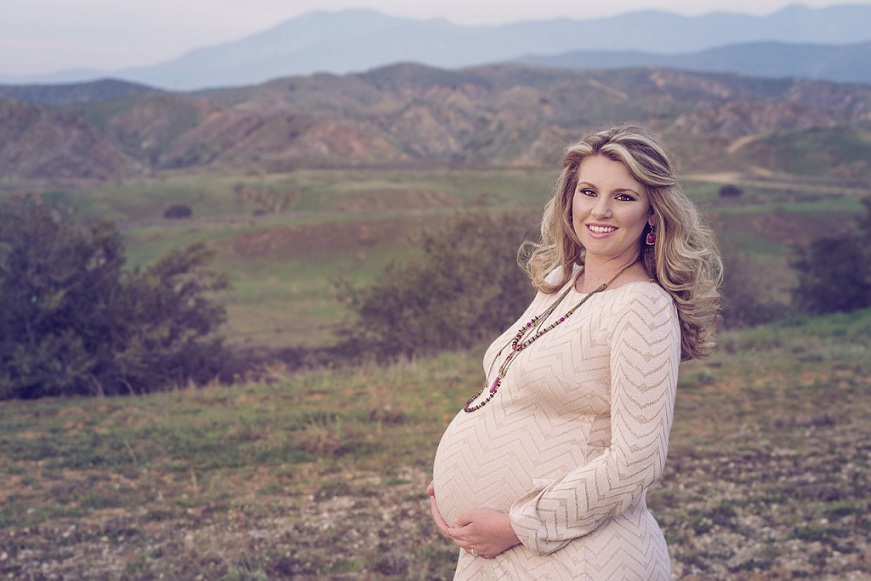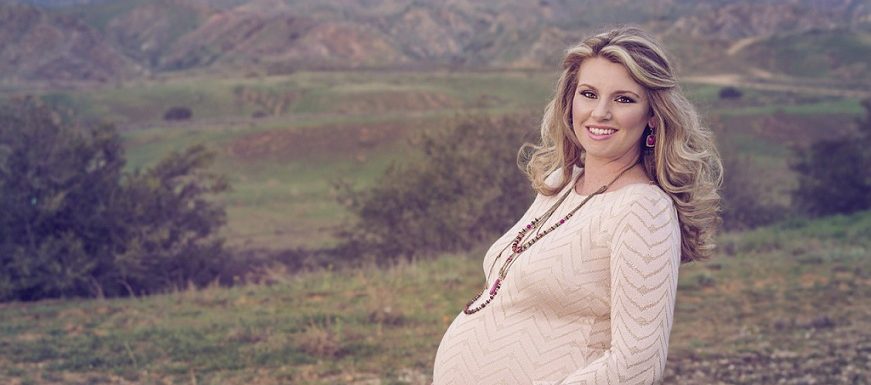You’ve relinquished your right to call your body your own for 9 months. During this time it has undergone an amazing transformation, that when you really think about it – is nothing short of a miracle.

So the reality is that when baby has arrived, you are probably left feeling more than a little lost and overwhelmed to say the least. Some women are more than comfortable with themselves, and there is a lot to be said for how inspirational and comforting that is, but if you feel that regaining some control when your body is handed back to you, read on.
Walking
Walking is one form of exercise that is definitely undervalued. Its low impact and available to everyone, and more than achievable with a young baby, especially with so many modes of transport to choose from. Pushchairs, baby carriers and slings – there will be an option out there that is comfortable for you.
Walking has numerous health benefits as well as being a great form of cardiovascular exercise, strengthening the heart and lungs it attributes to fat loss, burning 75 calories for 30 minutes of walking at 2mph. It’s also a great toning exercise for the calves, quads and glutes, and with the right posture can also tone your abs and waist.
Yoga
Yoga has always been one of the go-to forms of exercise for muscle toning and conditioning, giving a leaner appearance. But many people aren’t aware that many poses also have cardiovascular benefits and can aid to fat loss. The effect that yoga has on our physical and spiritual energy and vitality is a huge benefit to mothers, who may find themselves overwhelmed in the new role. Yoga is simultaneous with meditation and focused breathing helping to balance our minds and calm us.
There are many forms of Yoga, and depending on when you decide to take up Yoga, it may be worth starting with a specific post-natal class. Thanks to the hormone ‘relaxin’, its far easier to injure yourself after having a baby as your joint and ligaments are more pliable and your core and back muscles may be weaker. Post-natal yoga moves at a slower pace and focuses on the muscles in the back, core and pelvic floor.
There are also a number of mother and baby yoga classes available that serve to strengthen, condition and relax whilst encouraging further bonding between mother and child.
Eating
Being a busy mum means that looking after yourself is imperative! If you are breastfeeding, you will be burning around an extra 500 calories each day that needs to be replenished with nutrient dense foods.
If losing body fat is playing on your mind, drastically cutting your calorie intake really isn’t the way. Rather than ‘going on a diet’, you should look to overhaul it instead. Swapping refined foods that are high in sugar, salt and fat for nutritious fresh fruit, vegetables and nuts, lean meats and plenty of water will mean you are able to satisfy your hunger pangs and keep your energy levels topped up.
Increasing your protein intake will also aid you in your quest to ditch the body fat. This can be done by a conscious effort to eat more protein, or to supplement your meals with a protein shake. Protein helps the body to build lean muscle, particularly injunction with a resistance training regime. The more lean muscle you possess, the more fat your body burns so turning your back on unhealthy quick fixes has more than one benefit.
HIIT Training
High intensity interval training (HIIT) has rocketed in popularity in recent years, and for good reason; It involves quick, intense bursts of exercises followed by a short recovery period (think 90 second sprint, 30 second walk and repeat). The reason HIIT training is so effective is because the way it maintains a high heart rate and depletes oxygen stores, meaning your body burns fat for long after your work out finishes?
Why is this so good for mothers? You can fit it into short workouts! Forget slogging the way at the gym for over an hour, you can fit a super effective high impact HIIT workout into 30 minutes or less.
Belly Wrapping
Belly wrapping or belly binding; whatever you wish to call it – post natal stomach compressions have been used for centuries in a number of cultures. The theory behind it is that the compression will support the skin and muscles of the core having a baby.
During pregnancy, the vertical muscles in the abdomen separate as the belly expands. The do come back together during the months that follow, belly wrapping holds those muscles together and facilitates the healing process.
These wrapping techniques, when combined with strengthening exercises such as yoga and Pilates will ensure all muscles in the core reconnect properly.
It’s important to remember that your body has gone through a huge change from pregnancy to birth and your main focus should be to look after yourself. Sleeping (as well as you can!), making an effort to eat well and exercising at a comfortable pace is a great place to start for a happy mum and baby!

Leave a Reply